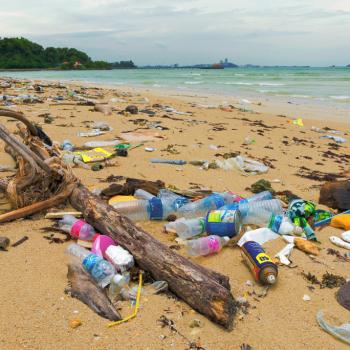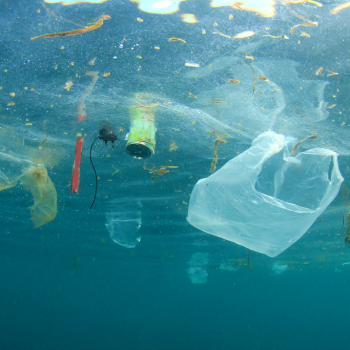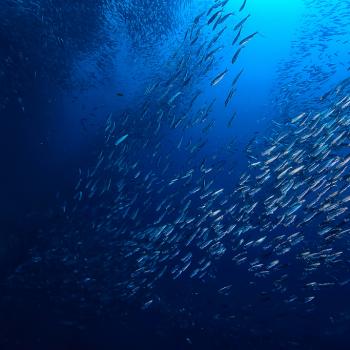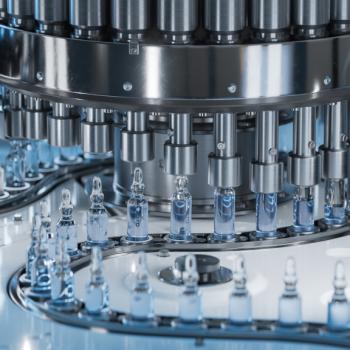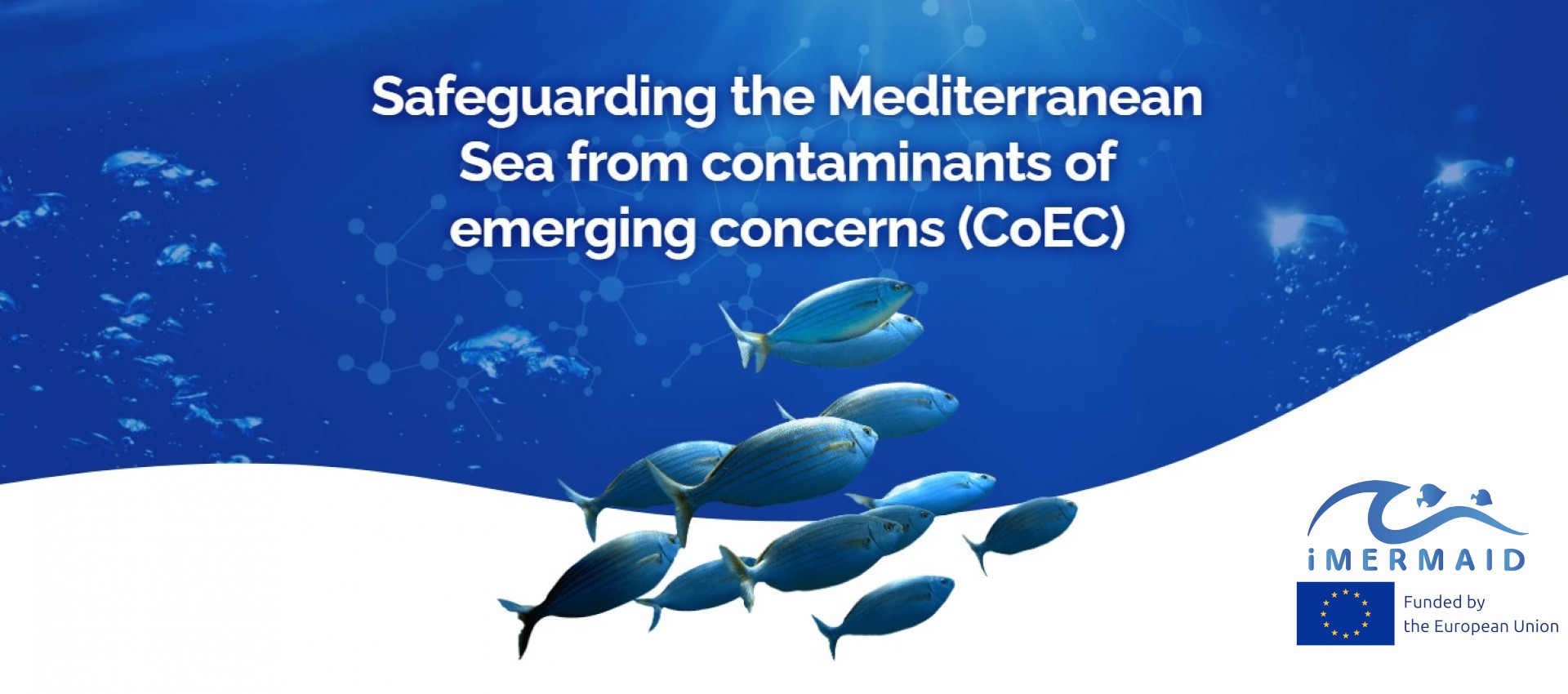
iMermaid: HORIZON-MISS-2022-OCEAN-01-03: ACTION 101112824: Mediterranean Sea basin lighthouse - Actions to prevent, minimize and remediate chemical pollution
iMERMAID is an EU-funded project focused on protecting the Mediterranean Sea and its surroundings, which play a crucial role in various socioeconomic activities. It aims to address the growing threats of chemical contamination and pollution caused by human activities. iMERMAID aims at integrating innovative strategies for prevention, monitoring, and remediation.
By building together a consortium of 26 partners from Europe and beyond, the project will encourage collaborations to develop advanced sensor and remediation technologies, strengthen regulations to reduce contamination, enhance economic opportunities, and thereby improve the quality of life for EU residents.
The
Leachate Treatment Plant (LTP) of Pera Galini Sanitary Landfill, Crete is a
tertiary treatment plant that receives the leachate produced by the Sanitary
Landfill of Pera Galini. The Municipal Sanitary Landfill of Pera Galini is the
largest landfill of the island and receives > 120,000 tons/year of municipal
solid waste from the majority of Heraklion prefecture.
The
presence of a wide range of chemicals in municipal solid waste landfill
leachates is expected and documented. ESDAK is the Use case 5 leader and the
main objective of this Use case is the deployment of monitoring and remediation
technologies for organic pollutants in the existing LTP of the Pera Galinon
Landfill.
The
objective of the Use Case 5 is to demonstrate the feasibility at real scale of
upstream organic CoEC pollution remediation as a solution for preventing
chemical pollution in the Mediterranean basin. A Microfluidic water system
which is an innovative solution for the removal of organic contaminants from
landfill leachates will be deployed and will be tested for its efficiency in
removing micropollutants for the final effluent. In the same use case, an
electrochemical sensor will be developed for monitoring organic micropollutants
and heavy metals in the effluent and its applicability will be demonstrated.
